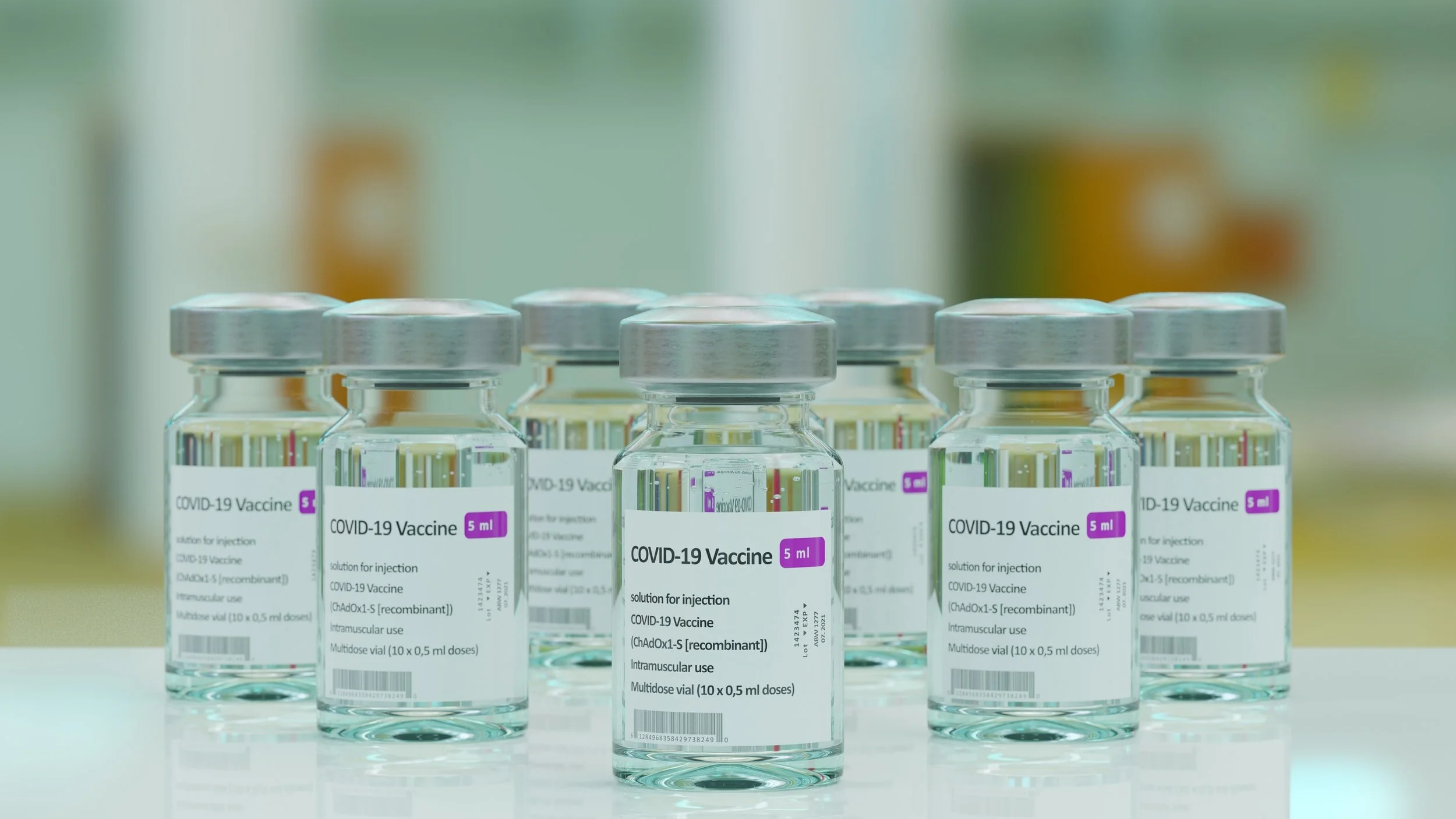Counties and States Embrace Fentanyl Test Strips in Battle Against Opioids
Counties and States Embrace Fentanyl Test Strips in Battle Against Opioids
By Kate Elizabeth Queram, Route Fifty, September 2, 2021
word count: 920
A Virginia county on Wednesday began distributing fentanyl test strips to people leaving jail. The preventive effort to help people detect the powerful opioid, which is often mixed with other drugs, was launched in the wake of rising overdose numbers.
Officials in Arlington County, just south of Washington D.C., announced the change on Tuesday, saying in a news release that departing inmates “who suffer from opioid use disorder” would receive the strips in an “emergency release bag” that also contains a box of overdose-reversing naloxone nasal spray.
Other local governments around the country have also begun distributing the strips, or allowing people to have them, although the tests are restricted in some places by state drug laws.
More than 36,000 people died in 2019 from overdoses involving synthetic opioids, the class of drugs that includes fentanyl, according to figures cited by the U.S. Centers for Disease Control and Prevention. Deaths in 2019 from synthetic opioids were nearly 12 times higher than in 2013, the CDC also says. Fentanyl can turn up in drugs like cocaine and heroin, without users knowing.
In Arlington County, at least two dozen bags containing the test strips will likely be distributed each month, said Aubrey Graham, the county’s jail-based behavioral health manager.
“On average, we are identifying 20 to 25 individuals a month who meet criteria for an opioid use disorder. That number has slowly increased each month since we began to track this data, and I only expect it to keep rising,” she said in a statement. “Not everyone is in a place where they are ready to enter treatment, but if we can at least keep them safe, we have accomplished something.”
The test strips, a relatively new technology, were originally developed to detect fentanyl in urine and work similarly to at-home pregnancy tests. Opioid users are instructed to dissolve a small amount of their drug—typically powder or a crushed pill—in water, then submerge the strip for at least 10 seconds before placing it on a flat surface to dry, according to an information sheet from the Cook County Health Department in Illinois. Results are available after one to two minutes, with one line typically indicating the presence of fentanyl, though instructions may vary depending on the brand of the strip.
At a cost of about $1 each, the strips are a fast, cheap and easy method of screening, though there are some drawbacks, according to a May report from the nonprofit Legislative Analysis and Public Policy Association. User error can lead to inaccurate results, and the strips “do not measure the quantity or potency of fentanyl present in a drug sample,” only whether it’s present at all. A negative result also does not mean the sample is necessarily safe for consumption, as it could still contain dangerous non-fentanyl additives.
Other Test Strip Programs
A number of other counties distribute the strips to residents, though not all of them automatically provide the test kits to people leaving incarceration. For example, the health department in Frederick County, Maryland, “distributes free fentanyl test strips to people who use drugs,” part of a statewide effort to decrease overdoses by providing supplies to counties.
Nationally, distribution of the test strips is patchworked, limited by law in at least 32 states with blanket policies against “drug paraphernalia,” which includes testing equipment. But even in those places, the strips are becoming more common. In Pittsburgh, for example, Mayor Bill Peduto on Tuesday issued an executive order to law enforcement agencies to “implement a policy of not arresting individuals who possess or distribute fentanyl test strips for harm reduction purposes.”
The order, which also directs city officials to establish a training program for employees and an outreach campaign for residents, goes against a state policy that classifies the test strips as prohibited drug paraphernalia.
“Other policies have stigmatized drug use, but yet we are still seeing the number of opioid overdoses climbing,” Peduto said in a statement. “I have signed this executive order on International Overdose Awareness Day because if we have the tools to help prevent overdose deaths, it is our responsibility to help healthcare providers, outreach organizations and municipal government get them to our communities.”
The CDC allows health departments to use federal grant funding to purchase the strips, an initiative announced in April after the United States recorded a then-record-high 88,000 overdose deaths in a 12-month period. That record, which includes all drugs and was logged in August 2020, has been broken every month since; the most current data, for the 12-month period ending in January, is more than 94,000 deaths.
Fatal overdoses are also on the rise in Arlington County, which reported 20 deaths in 2020 and has already logged 22 this year, Graham said. The fentanyl test strips there were purchased using a mix of federal and state money, and will be available to addiction-prone inmates departing the county jail indefinitely.
Like other resources in the fight against opioids, Graham said, the strips are not a silver bullet—just an additional tool to help people avoid lethal doses.
“We’ve been having overdoses in our area labeled ‘marijuana overdoses’ or ‘cocaine overdoses,’ and then you come to find out it’s because the drug was laced with fentanyl,” she said. “For people who are not intentionally trying to overdose, we hope that if they test their drug and it’s positive, they either won’t use it, or they will use it with a friend or someone who has [naloxone] on them just in case.”






